Boeing and Airbus: Strategic Management Case Study - Analysis
VerifiedAdded on 2022/11/29
|5
|649
|456
Case Study
AI Summary
This case study analyzes the strategic management approaches of Boeing and Airbus in the airline industry. It examines the environmental scanning and forecasting methods used by both companies, highlighting the forces influencing their strategies, including changing customer needs, technological advancements, and competition. The study explores the relevance of these forces in the current market and evaluates the future visions of both companies, comparing their strategic decisions regarding aircraft development and market positioning. It concludes by assessing the potential for success of each company's strategy, emphasizing the importance of adapting to market changes and customer demands. The analysis references various academic sources to support its findings, providing a comprehensive overview of strategic management principles within the context of the airline industry.
1 out of 5
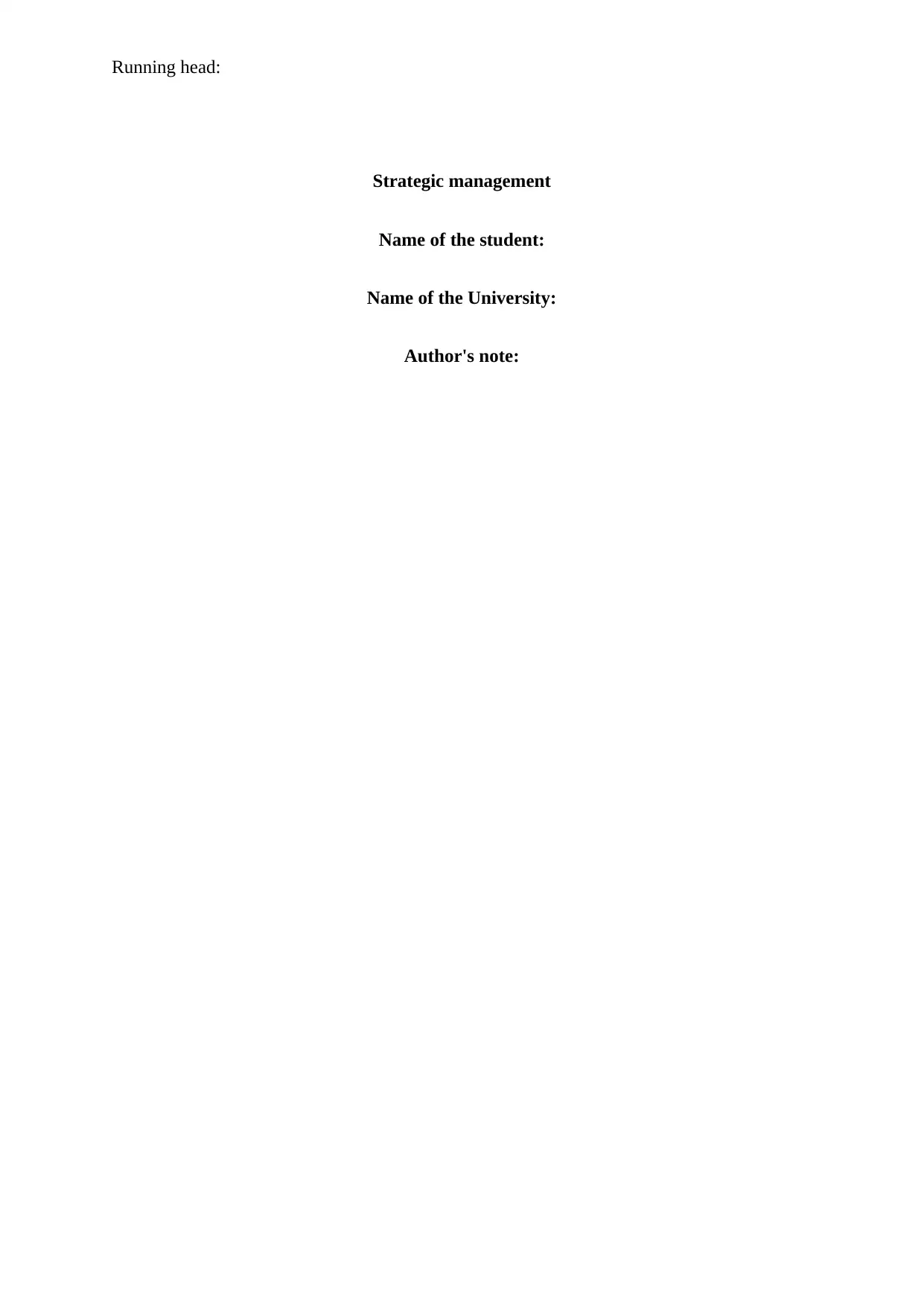
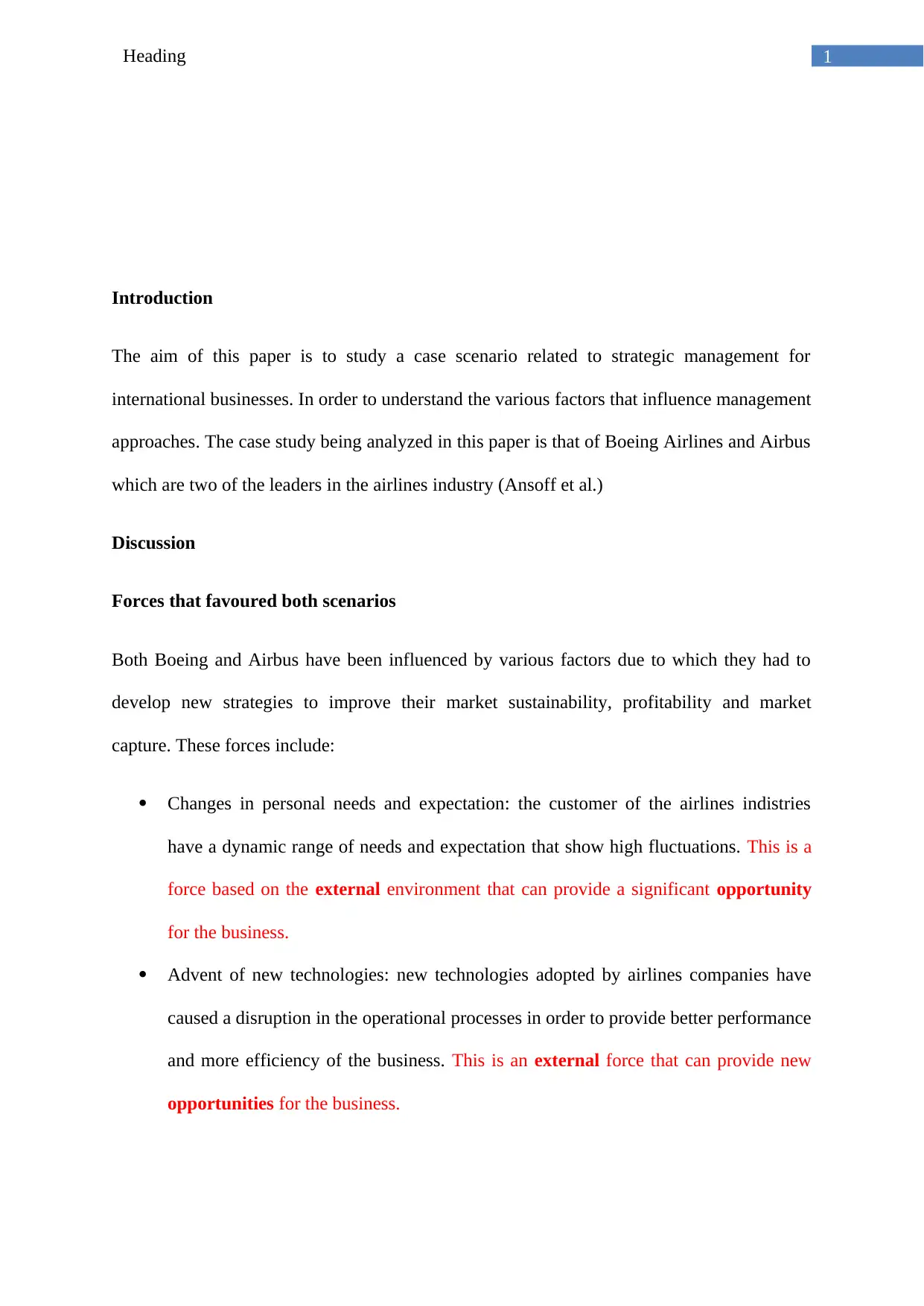
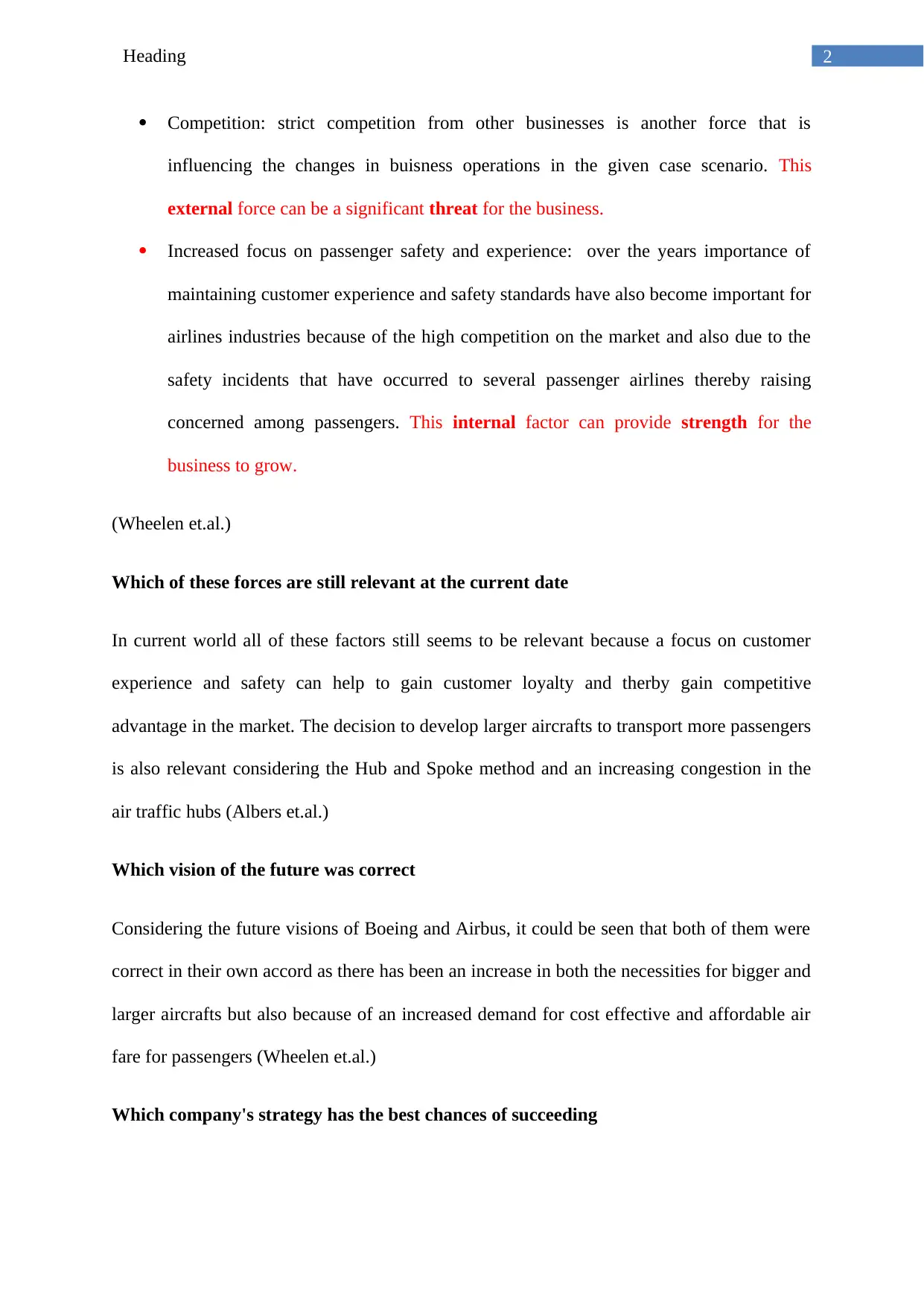

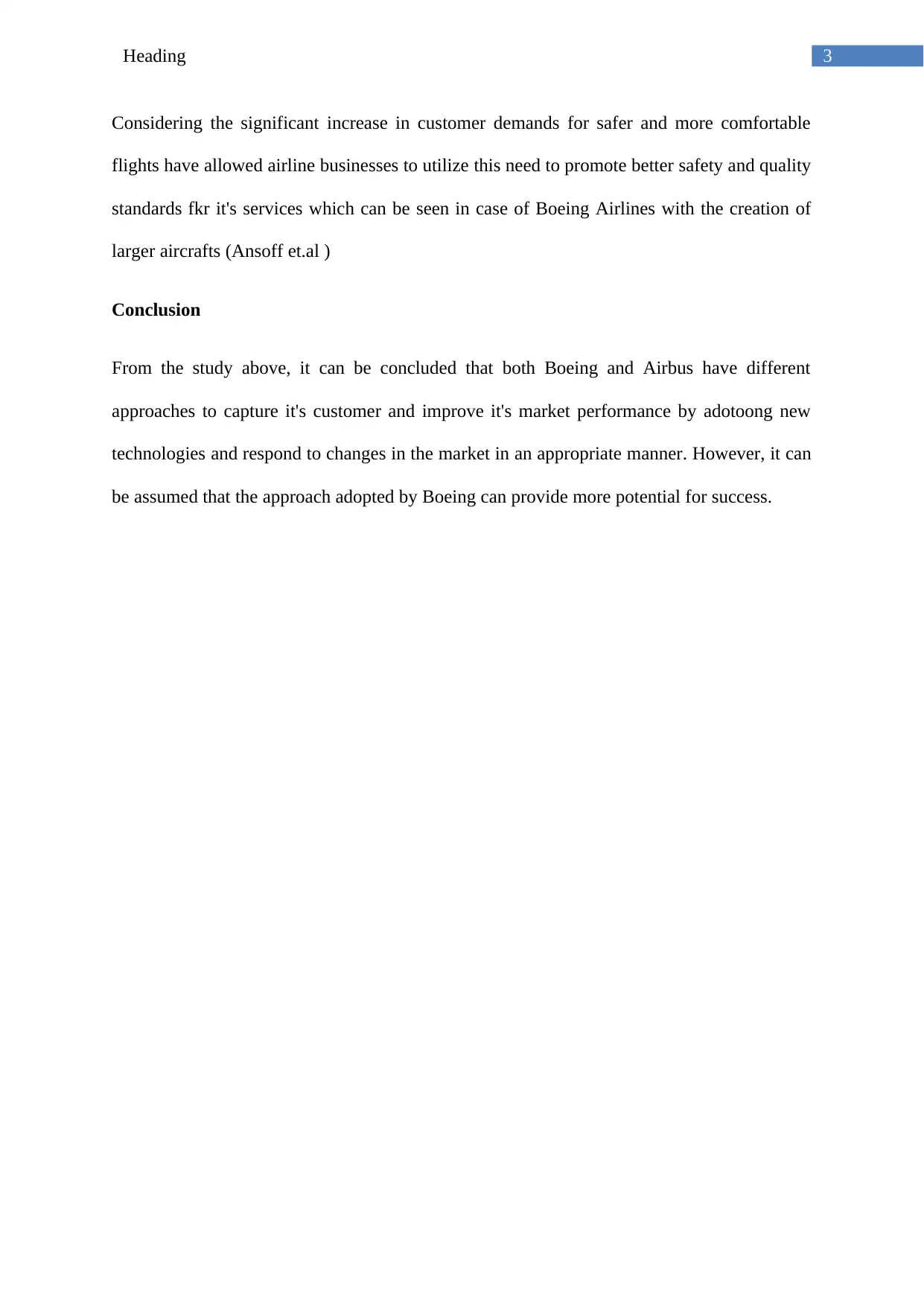
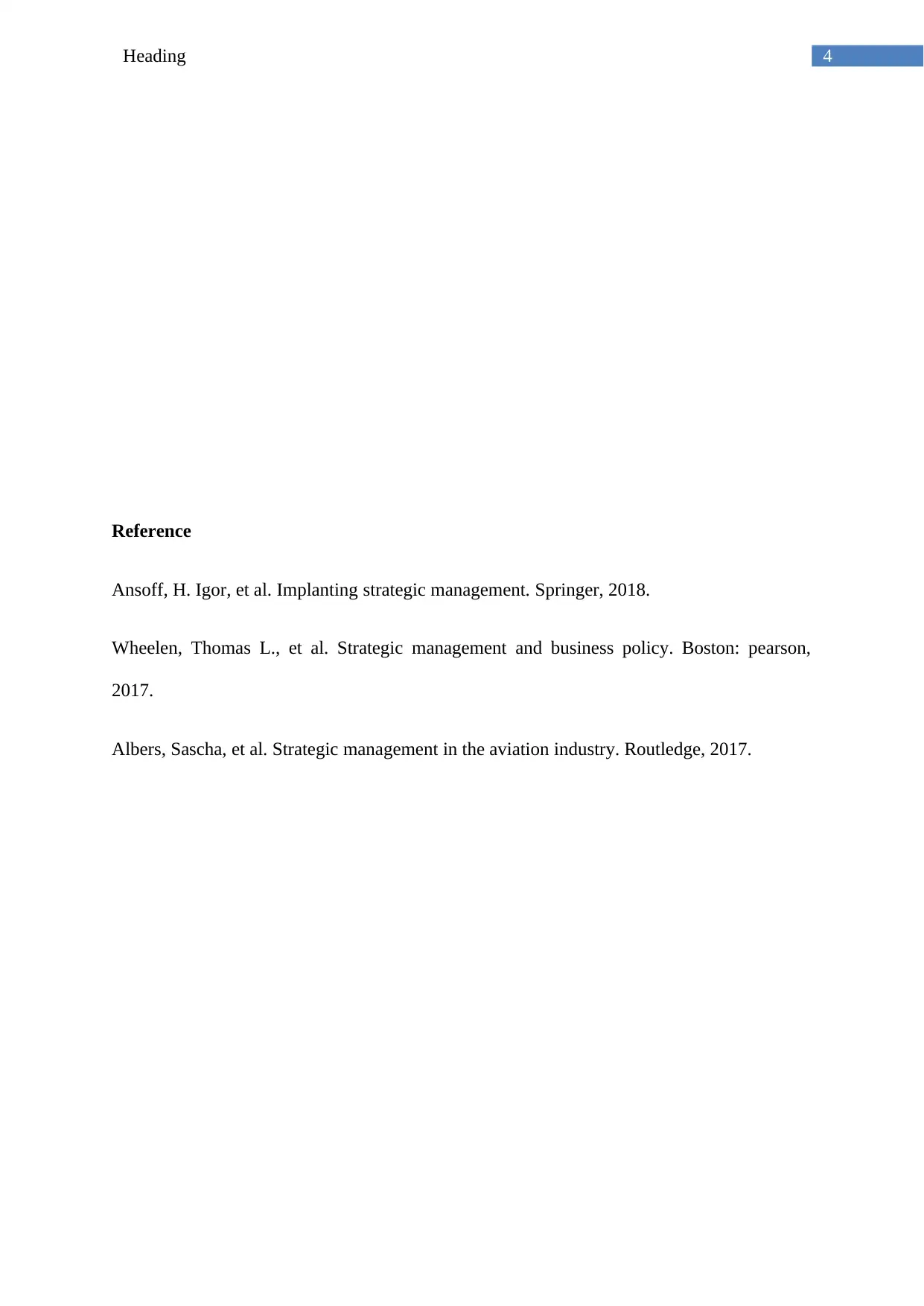






![[object Object]](/_next/static/media/star-bottom.7253800d.svg)